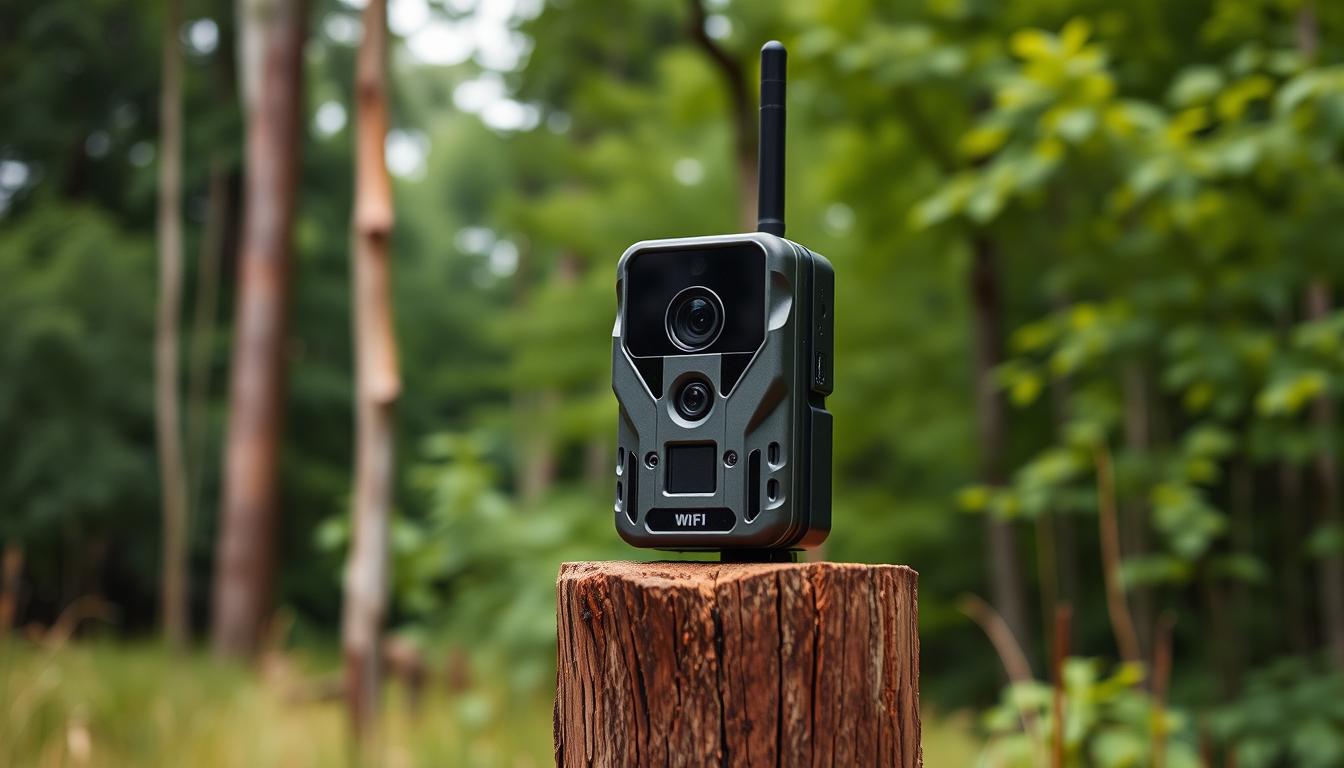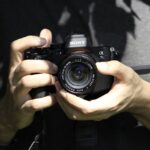
That moment when the sun breaks through clouds over an alpine lake? Priceless. But capturing it properly? That’s where things get complicated.
I’ve spent the better part of a decade lugging various cameras up mountains, through forests, and across deserts. Trust me when I say this—the perfect backpacking camera exists, but finding yours depends entirely on what you’re willing to carry and what you’re hoping to capture.
The Great Camera Conundrum
Let’s be honest: smartphone cameras have gotten ridiculously good. I still remember my first backpacking trip with just a clunky point-and-shoot that produced images so grainy they looked like abstract art. Fast forward to today, and the tech landscape has transformed completely.

Modern backpacking cameras offer the holy trinity of outdoor photography:
- Featherlight construction
- Professional-grade image quality
- Weather resistance that laughs at Mother Nature
The real magic? You no longer need to compromise one for the other. Whether you’re scrambling up scree slopes or tiptoeing through wildflower meadows, today’s cameras can keep pace with your adventure while delivering jaw-dropping imagery.
Why Your Smartphone Just Doesn’t Cut It
I’ll admit it—I’ve tried the smartphone-only approach. After my trusty Sony died mid-trip in Patagonia, I relied exclusively on my iPhone for three days. The results? Underwhelming, to say the least.
While smartphones excel at casual snapshots, they fundamentally lack what dedicated cameras offer wilderness photographers:
- Dynamic range that captures both shadows and highlights (essential when shooting contrasty mountain scenes)
- True optical zoom without the digital degradation
- Sensor size that collects substantially more light (crucial for dawn patrol or twilight adventures)
- Manual controls that let you adapt to rapidly changing conditions
As my photography mentor once told me, “Your smartphone is like a Swiss Army knife—handy for everything, exceptional at nothing.”
Camera Categories: Finding Your Trail Companion
The camera world can feel overwhelming, so let’s break it down into trail-friendly categories:
| Category | Weight Range (oz) | Image Quality | Best For |
|---|---|---|---|
| Mirrorless | 10-16 | Stellar | Serious photographers who demand the best |
| Compact | 7-12 | Very Good | Weight-conscious hikers wanting quality |
| Action | 4-6 | Good | Extreme activities and underwater shots |
| DSLR | 20-30+ | Outstanding | Those willing to carry extra weight |
I’ve personally settled on the mirrorless sweet spot after years of experimentation. My back thanks me, and my portfolio hasn’t suffered a bit.
The Feature Trifecta: What Actually Matters
Skip the marketing hype. After testing dozens of cameras in the field, I’ve identified three non-negotiable features for any serious trail camera:
Featherweight Design (Because Every Ounce Counts)
Here’s the brutal truth: the heavier your camera, the less likely you are to use it. On day three of a multi-day trek, when your legs are screaming and your shoulders are raw, that bulky DSLR might stay buried in your pack.
Look for cameras that:
- Weigh under a pound (ideally under 12 ounces)
- Feature compact form factors that fit in hip belt pockets
- Include thoughtful carrying solutions like wrist straps
Pro tip: Remove unnecessary camera accessories before hitting the trail. That decorative strap? Those lens caps you never use? Extra weight you don’t need.
Bombproof Durability (Because the Wilderness Is Brutal)
My poor cameras have been dropped on rocks, caught in sudden downpours, and caked with desert dust. The survivors share common traits:
- Weather-sealed bodies that repel moisture
- Shock-resistant construction that handles inevitable bumps
- Temperature tolerance for freezing summits and scorching deserts
The Olympus Tough series has survived some of my most brutal adventures, including an accidental swim in a glacial lake. Trust me—durability matters more than that extra 2 megapixels of resolution.
Sublime Image Quality (Because That’s The Whole Point)
Let’s not forget why we’re lugging a dedicated camera in the first place: to capture moments that take your breath away.
For trail photography that pops, prioritize:
- Larger sensors (1-inch minimum, APS-C or full-frame ideal)
- Fast lenses (f/2.8 or lower) for low-light conditions
- Effective image stabilization for those handheld shots
I once watched a fellow hiker struggle with a massive full-frame DSLR setup that produced stunning images, when he bothered to take it out. Meanwhile, my modest compact consistently delivered because it was always accessible.
The Contenders: Cameras That’ve Proved Their Worth
After countless miles on the trail, certain cameras have distinguished themselves as wilderness warriors. These aren’t just recommendations from spec sheets—they’ve earned their place through actual performance.
Mirrorless Marvels: When Image Quality is Non-Negotiable
The revolution in outdoor photography happened when mirrorless cameras arrived on the scene. Suddenly, professional-grade images didn’t require professional weight penalties.
Sony Alpha a6400: My Desert Island Choice

If I had to pick one camera for the rest of my backpacking days, the Sony Alpha a6400 would be it. Here’s why it rarely leaves my pack:
- Weighs a mere 403 grams (barely noticeable on long treks)
- Weather-sealing that’s survived three seasons in the Pacific Northwest
- Autofocus that can track eagles in flight or climbers on distant peaks
- 4K video capabilities for those moments when stills aren’t enough
During a particularly memorable summit attempt on Mt. Baker, my hiking partner’s DSLR froze up in the pre-dawn cold. My a6400 kept firing away, capturing alpenglow that still hangs on my wall today.
Fujifilm X-T30: Vintage Vibes Meet Modern Tech

For the aesthetically inclined, the Fujifilm X-T30 delivers style and substance in equal measure. What makes it special:
- Film simulation modes that produce out-of-camera JPEGs requiring zero editing
- Physical dials that work with gloves (a godsend in winter conditions)
- Legendary color science that makes landscapes pop without looking artificial
I ran into a professional landscape photographer using this exact setup at Crater Lake last summer. “It’s half the weight of my professional kit,” he admitted, “but my clients can’t tell the difference.”
Olympus OM-D E-M10 Mark III: Budget-Friendly Beast

Not everyone wants to drop a grand on a hiking camera. The Olympus OM-D E-M10 Mark III delivers 90% of the performance at 60% of the price:
- Best-in-class image stabilization (I’ve handheld shots at 1/4 second—unheard of!)
- Micro Four Thirds system offers compact, affordable lenses
- Weather-resistant design that’s survived monsoon season in Southeast Asia
A photography workshop student of mine captured award-winning waterfall images with this camera after just one weekend of instruction. Don’t underestimate the smaller sensor—in capable hands, it delivers.
DSLR Dinosaurs: Still Roaming for Good Reason
While mirrorless cameras have stolen the spotlight, certain DSLRs still deserve consideration for wilderness photography. They offer unmatched battery life and optical viewfinders that never suffer from electronic lag.
Canon EOS Rebel T8i: The Gateway Drug

Many outdoor photographers cut their teeth on Canon’s Rebel series, and the T8i continues the tradition:
- Intuitive interface that doesn’t require a computer science degree
- Vast ecosystem of affordable lenses
- Battery life that outlasts multi-day treks without spares
My first “real” camera was a Canon Rebel, and I still recommend them to hiking friends looking to graduate from smartphone photography. They’re heavier than mirrorless alternatives but fool-proof in operation.
Nikon D7500: The Workhorse
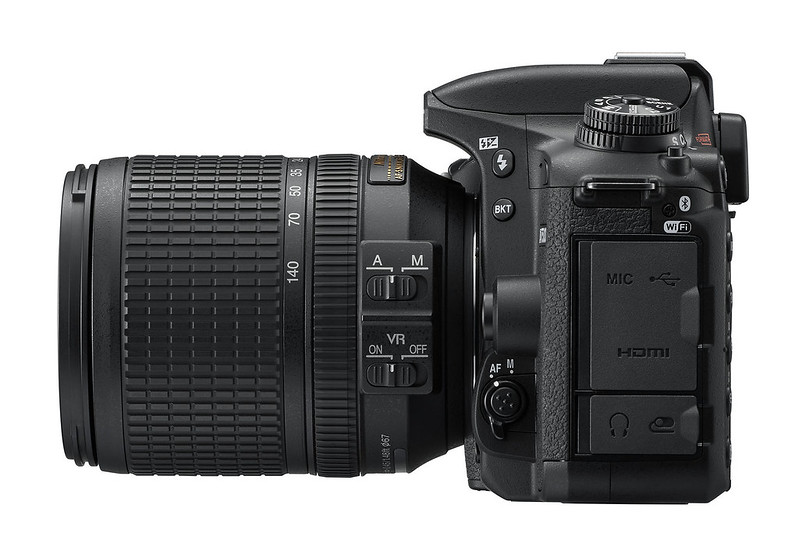
For those who prioritize reliability above all, the Nikon D7500 represents a perfect compromise:
- Tank-like construction that’s survived multiple drops on my watch
- Exceptional battery life (1,000+ shots per charge)
- Familiar DSLR handling with enough modern features to stay relevant
A wildlife photographer I guided in Yellowstone used his D7500 to capture extraordinary bison images during a surprise snowstorm. When other electronic viewfinders were struggling with contrast, his optical system performed flawlessly.
Pentax K-70: The Weather Warrior

If your adventures frequently involve adverse conditions, Pentax has built a reputation on bombproof construction:
- Full weather-sealing at a price point where others offer none
- In-body stabilization that works with any lens
- Pixel Shift technology for landscape detail that rivals medium format
During a particularly nasty sleet storm in the Cascades, my hiking buddy’s Pentax kept shooting while the rest of us sheltered our cameras. “It’s basically a tank with a sensor,” he shrugged.
Compact Contenders: Pocketable Powerhouses
When every gram matters and multiple lenses aren’t practical, high-end compact cameras deliver remarkable results in tiny packages.
Panasonic Lumix TZ200: The Range Master
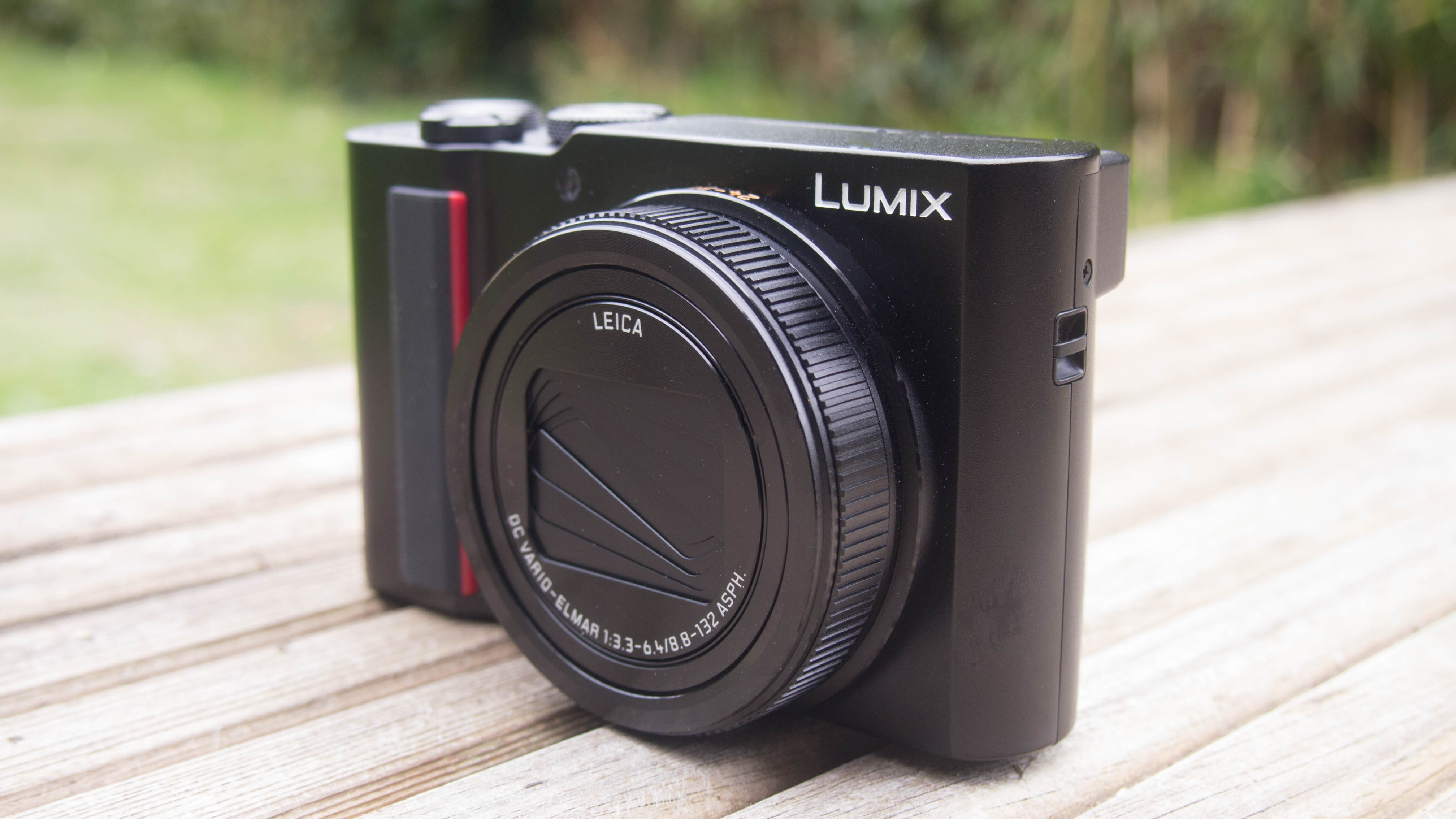
For maximum versatility in minimal space, the Lumix TZ200 offers an astonishing zoom range:
- 15x optical zoom that covers everything from wide landscapes to distant wildlife
- 1-inch sensor that outperforms smartphone cameras by several orders of magnitude
- 4K photo mode that extracts perfect moments from action sequences
I watched in awe as a 70-year-old ultralight backpacker pulled this camera from a hip pocket to capture a distant mountain goat. “Been carrying DSLRs for 40 years,” he told me. “Finally got smart about it.”
Ricoh GR III: The Stealth Option

For street photography that transitions seamlessly to the trail, the GR III has developed a cult following:
- APS-C sensor in a package that literally fits in a shirt pocket
- Fixed 28mm lens that forces compositional creativity
- Image quality that rivals interchangeable lens systems
A photographer friend brought only this camera for a 211-mile John Muir Trail thru-hike. His resulting black-and-white portfolio captured the essence of the Sierra Nevada with remarkable intimacy.
Action Cameras: For When The Going Gets Rough
Some adventures demand hands-free operation or submersion in environments that would destroy traditional cameras. Enter the action camera—tiny, tough, and increasingly capable.
GoPro HERO11 Black: The Nearly Indestructible Option

GoPro continues to dominate this category for good reason:
- Waterproof to 33 feet without additional housing
- HyperSmooth stabilization that makes bumpy trail running footage look cinematic
- TimeWarp feature is perfect for capturing cloud movement over mountain ranges
During a canyoneering trip in Utah, my HERO10 captured underwater perspectives and climbing sequences that would have been impossible with any other camera. The resulting video conveyed the adventure in ways still photography couldn’t.
DJI Osmo Action: The Challenger

DJI has brought serious competition to the action camera space:
- Dual screens for easier selfie composition
- RockSteady stabilization that rivals dedicated gimbals
- Superior low-light performance for dawn patrol missions
A mountain biking companion uses his exclusively for trail documentation. “It’s like having a professional cameraman following me,” he explained after showing me impossibly smooth footage from a technical downhill section.
The Supporting Cast: Essential Accessories
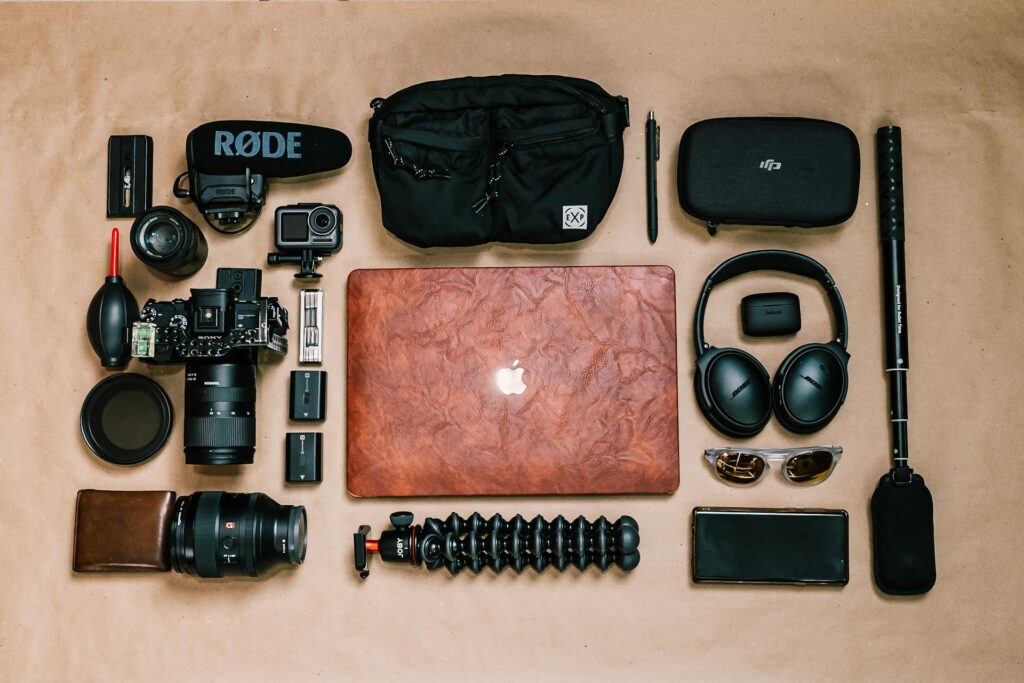
Even the perfect camera needs thoughtful companions. After numerous trial-and-error purchases, I’ve narrowed down the truly essential accessories:
Tripods: Stability When It Counts
Nothing improves landscape photography more dramatically than proper stabilization. Modern options include:
- Peak Design Travel Tripod – Revolutionarily compact but eye-wateringly expensive
- Manfrotto Befree – The workhorse choice with excellent stability-to-weight ratio
- Pedco UltraPod – Weighing under 4 ounces, this tabletop tripod attaches to trekking poles or branches
I’ve learned to assess each trip individually—sometimes the weight penalty of a full tripod is worth it, while other fast-and-light missions call for minimalist options.
Protection Systems: Because Trails Are Brutal
Protecting your investment requires thoughtful systems:
- Silicone covers that provide impact protection without adding bulk
- Dry bags rated for submersion (I use 15L Sea to Summit bags)
- Lens cloths that actually remove fingerprints (I swear by Zeiss wipes)
After watching a friend’s unprotected camera tumble down a scree field, I’ve become religious about protection systems. The extra ounce or two saves thousands in replacement costs.
Power Solutions: Keeping The Creativity Flowing
Nothing kills creativity faster than dead batteries in the backcountry:
- Multiple camera batteries (I pack three for any trip longer than a weekend)
- Portable power banks with USB-C PD for compatible cameras
- Solar chargers for extended expeditions (though beware of their weight)
During a two-week trip in the Winds, I rationed my Sony’s battery use like water in a desert. Never again—now I carry redundant power solutions for any trip longer than three days.
The Human Element: Techniques That Transcend Gear
The dirty secret of outdoor photography? The most expensive camera won’t save a poorly composed shot. After thousands of trail miles, I’ve developed techniques that matter more than megapixels:
Lighting: The Great Differentiator
Understanding natural light transforms ordinary scenes into extraordinary images:
- Golden hours (the first and last hour of daylight) aren’t just photographer clichés—they’re magic
- Side lighting reveals texture in landscapes that overhead sun flattens
- Backlighting creates drama when used intentionally (though it requires exposure compensation)
I once watched a novice hiker with entry-level gear capture breathtaking images at sunrise while experienced photographers with premium equipment slept in their tents. Timing trumps technology every time.
Composition: The Framework Of Visual Storytelling
Despite its name, the “rule” of thirds should be considered more of a suggestion:
- Use natural framing elements like tree branches or rock formations
- Include foreground elements to create depth in landscape shots
- Look for leading lines that draw the viewer’s eye into the scene
During a photography workshop I led in Olympic National Park, I challenged participants to shoot the same waterfall using five different compositional techniques. The diversity of compelling images from an identical scene was astonishing.
Post-Processing: The Digital Darkroom
Modern trail photographers have advantages their film predecessors couldn’t imagine:
- Mobile editing apps like Snapseed and Lightroom Mobile enable in-field adjustments
- Presets and profiles streamline consistent editing across similar conditions
- Selective adjustments can rescue images affected by challenging lighting
I’ve witnessed the transformation of a flat, uninspiring RAW file into a dynamic, emotional image through thoughtful editing. The key is subtlety—enhancing what’s already there rather than creating something that never existed.
Finding Your Perfect Match
After all this technical discussion, here’s the truth I’ve learned after thousands of trail miles: the perfect camera is the one you’ll actually use when that perfect moment arrives.
For some, it’s a rugged point-and-shoot that lives in a hip belt pocket. For others, it’s a premium mirrorless system with carefully selected lenses. There’s no universal “best”—only what aligns with your priorities, budget, and willingness to carry.
Before investing, honestly assess:
- How important is image quality to your enjoyment?
- What’s your tolerance for weight and bulk?
- Do you prefer shooting spontaneously or deliberately?
- What’s your realistic budget, including accessories?
I’ve watched ultralight backpackers agonize over every gram, only to impulsively throw a two-pound camera setup into their kit. Be honest with yourself about what matters.
From My Trail Journal: Real-World Lessons
Let me share some hard-won wisdom from my own photographic journey:
- Rent before you buy. I wasted $800 on a camera that looked perfect on paper but felt awkward in hand. A weekend rental would have saved me significant money and disappointment.
- Prioritize ergonomics. Those tiny buttons that seem fine in the store become impossible when your hands are cold, tired, or gloved. Can you operate your camera one-handed? You’ll need to.
- Simplify your kit. My photography improved dramatically when I limited myself to a single versatile lens rather than constantly switching between options.
- Master your gear at home. Nothing is more frustrating than missing a perfect shot because you’re fumbling with unfamiliar controls. Practice until the operation becomes muscle memory.
- Embrace imperfection. Some of my most meaningful images are technically flawed but emotionally powerful. Perfect exposure means nothing if the image doesn’t evoke a feeling.
The Path Forward: Your Photographic Journey
The world doesn’t need more technically perfect but emotionally empty landscape photos. It needs your unique perspective—your way of seeing and experiencing the natural world.
Whatever camera you choose, remember it’s merely a tool for translating what you see and feel into something you can share. The most sophisticated technology can’t replace the human element that makes an image resonate.
So pack your camera—whatever it may be—and hit the trail. The perfect light won’t wait, and neither should you.
Trail Photography FAQ
What makes a camera truly suitable for backpacking?
The trifecta: lightweight design (under 16 ounces ideally), weather resistance for unpredictable conditions, and battery life that can handle multiple days between charges. Image quality is obviously important, but becomes irrelevant if the camera stays in your pack because it’s too heavy or cumbersome.
Are mirrorless cameras genuinely better than DSLRs for trail photography?
For most hikers, absolutely. They deliver comparable image quality at significantly reduced weight and volume. However, DSLRs still offer advantages in battery life and durability at the extreme ends of the spectrum. I switched from DSLR to mirrorless five years ago and haven’t looked back.
How crucial is weather resistance for backpacking cameras?
Essential unless you only hike on bluebird days. I’ve watched countless “water-resistant” cameras die from exposure to conditions that properly weather-sealed bodies handle without complaint. One rainstorm can ruin a non-sealed camera body, turning your expensive investment into a paperweight mid-adventure.
Can smartphone photography replace dedicated cameras for hiking?
For casual documentation and social sharing, today’s flagship smartphones are remarkably capable. However, they fundamentally lack the optical zoom capabilities, sensor size, and manual controls that dedicated cameras offer. That said, the best camera is always the one you have with you—and smartphones excel at accessibility.
What’s realistic battery life for backcountry photography?
Plan conservatively: 200-300 shots per battery for mirrorless systems, 400-600 for DSLRs. Environmental factors dramatically affect performance—cold temperatures can reduce battery life by 50% or more. I always carry at least three batteries for multi-day adventures and keep spares in interior pockets to maintain warmer temperatures.
Are action cameras viable for serious landscape photography?
They’re complementary tools rather than replacements. Action cameras excel at immersive video and unique perspectives but compromise on still image quality. I often carry both a dedicated camera and a GoPro—using each for what it does best rather than forcing one tool to do everything.
What’s a realistic budget for quality backpacking photography?
Quality entry points start around $600-800 for last-generation models that remain highly capable. Mid-range setups typically run $1,000-1,500 including essential accessories. Professional systems can easily exceed $3,000, though diminishing returns become significant beyond the $1,500 threshold for most hikers.
Which accessories are truly worth the weight?
After years of carrying too much: extra batteries, a cleaning kit, a minimalist tripod, and adequate protection. Everything else is situational. I’ve progressively lightened my accessory kit with each passing year, learning that creativity often flourishes within constraints.
How do experienced photographers protect gear in harsh conditions?
Layered defense systems: weather-sealed cameras as the foundation, silicone covers for impact protection, dry bags for water crossings, and dedicated padded cases for transport. Prevention beats repair every time—I learned this lesson the hard way after dunking a non-waterproof camera during a river crossing.
Is there a definitive “best” camera brand for outdoor photography?
Absolutely not, despite what brand loyalists claim. Sony leads in autofocus technology and compact full-frame options. Fujifilm offers unique color science and retro ergonomics. Olympus (now OM System) provides the best weather-sealing. Canon and Nikon maintain the most extensive lens ecosystems. The “best” depends entirely on your priorities and preferences.
Affiliate Disclosure
This website/blog/content contains affiliate links. This means if you click on one of these links and make a purchase, I may receive a small commission at no additional cost to you.
I only recommend products and services that I genuinely believe in and have personally used or thoroughly researched. While I do receive compensation for these recommendations, my opinions remain honest and unbiased.
The commissions earned help support this website and allow me to continue providing valuable content. I appreciate your support when you use these links, but you are never obligated to make purchases through them.
Please note that prices of products or services may vary, and I have no control over these prices or the availability of items. All recommendations are made based on my assessment at the time of posting.
Thank you for your understanding and support.

